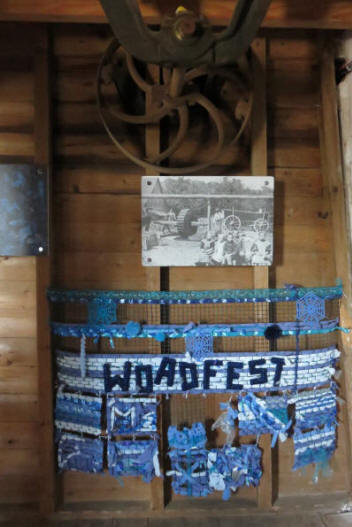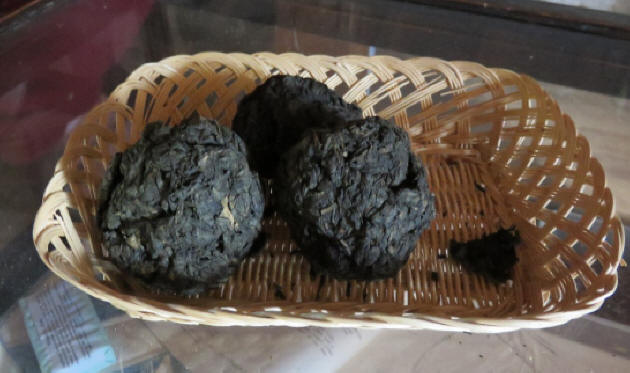|
  |
|
Page 9 |
Newsletter 125 Summer 2019 © Hampshire Mills Group |
|
The Blue Mill Project
Ruth Andrews |
 |
Moulton Windmill in Lincolnshire has used Heritage
Lottery funding to mount an exhibition about the
local woad production industry. They had recently
held a dyeing class for local children, whose
creations are illustrated on the left.

|
|
Woad, a plant that is part of the brassica family,
has been grown in Britain as a blue dye for
thousands of years. The dye is extracted from the
leaves, which were dried, fermented, and made into
pulp by a circular crushing mill. This was a very
smelly process: in 1601 Queen Elizabeth I issued a
law that prohibited the building of woad mills
within 5 miles of any royal residence. The crushed
and fermented woad was shaped into balls for
storage. |
|
The Parsonís Drove Woad Mill was one of the earliest
types, a circular roundhouse with walls of mud, and
operated like a horse gin. It was demolished in
1914. Skirbeck Woad Mill initially had two large
stones powered by a horse, but later used steam
machinery. Barrels of woad were taken to Boston
station for distribution.
|

|
|
Algarkirk Woad Mill (also near Boston) worked from
1843 to 1927 and until 1880 used crushing wheels,
producing 78-178 tons of woad per year. Both
Skirbeck (which closed in 1932) and Algarkirk
supplied woad to the government to dye police and
RAF uniforms. |
|
|
